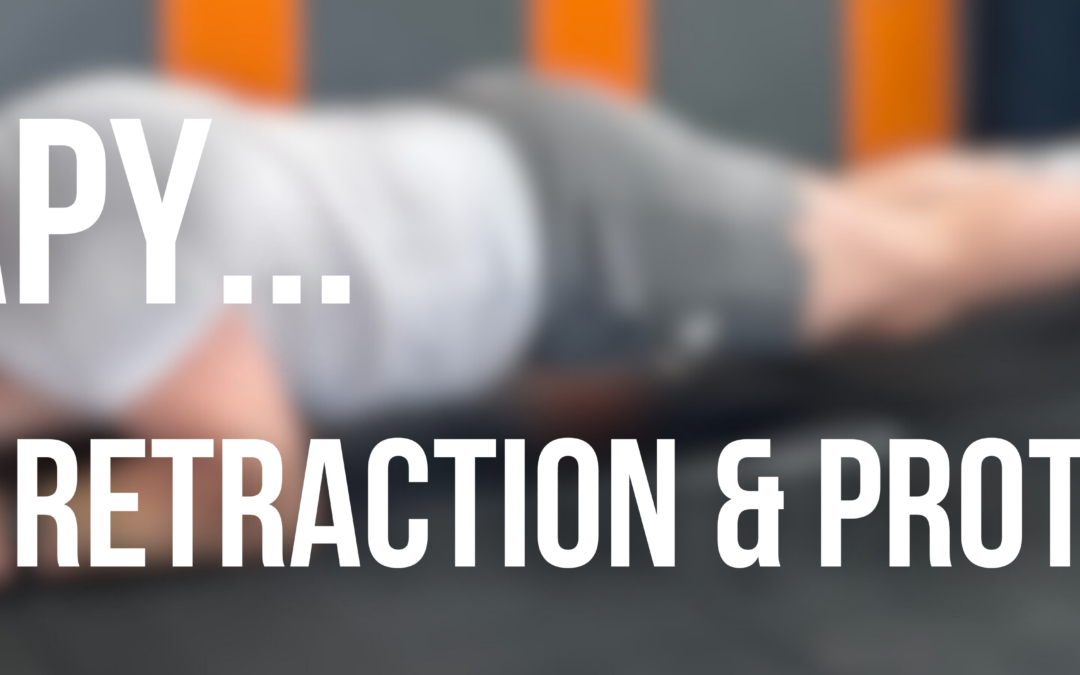Introduction
Most people are familiar with the concept of “retracting the shoulders” during lifting movements. However, many have developed a fear of shoulder protraction due to its association with “improper” lifting techniques e.g. during bench press. While retraction of the shoulder in these cases is warranted to avoid injury, interestingly, shoulder and back pain can sometimes be attributed to a poor ability to protract the shoulder joint. This blog will define and demonstrate what shoulder retraction and protraction is, while showing how you can train both movements to ensure optimum functionality and health for your shoulder joint.
Shoulder Retraction
Shoulder retraction is when you pull your scapulae or “shoulder blades” together in the direction of the spine, without shrugging your shoulders up. Often in the gym, you will hear instructors queuing people to “pinch their shoulder blades together.” This is often done during a bench press to isolate chest muscles and minimise risk of shoulder injury. But can also be used in a deadlift to ensure a neutral spine and protection of the lower back. Additionally, “proper” posture is often viewed as being when the shoulders are retracted, chest opened out and upper back straight – particularly when sitting down.
Shoulder retraction in the above situations is usually warranted. However, there is often little consideration into how constant shoulder retraction will lead to an overly rigid shoulder joint and upper back. Think about when you reach for something that’s far away from you. Would you retract your shoulders then?
Shoulder Protraction
Shoulder protraction describes the forward movement of the scapula about the thoracic wall, often used in reaching movements. This movement has connotations of “bad posture” since most people adopt this position when sat at a desk. However, protraction is a natural and necessary movement for daily and gym activities. As discussed, it is commonly misunderstood and undervalued in this world.
In reality, shoulder retraction and protraction both play crucial roles in maintaining a balanced, functional, and healthy shoulder joint. Neglecting protraction can lead to imbalances and potential injuries, as the shoulder becomes accustomed to a retracted position. Its therefore crucial to understand the importance of training both movements. Shown below is a great place to start.
Training Shoulder Retraction and Protraction
1. Plank Cat and Cow
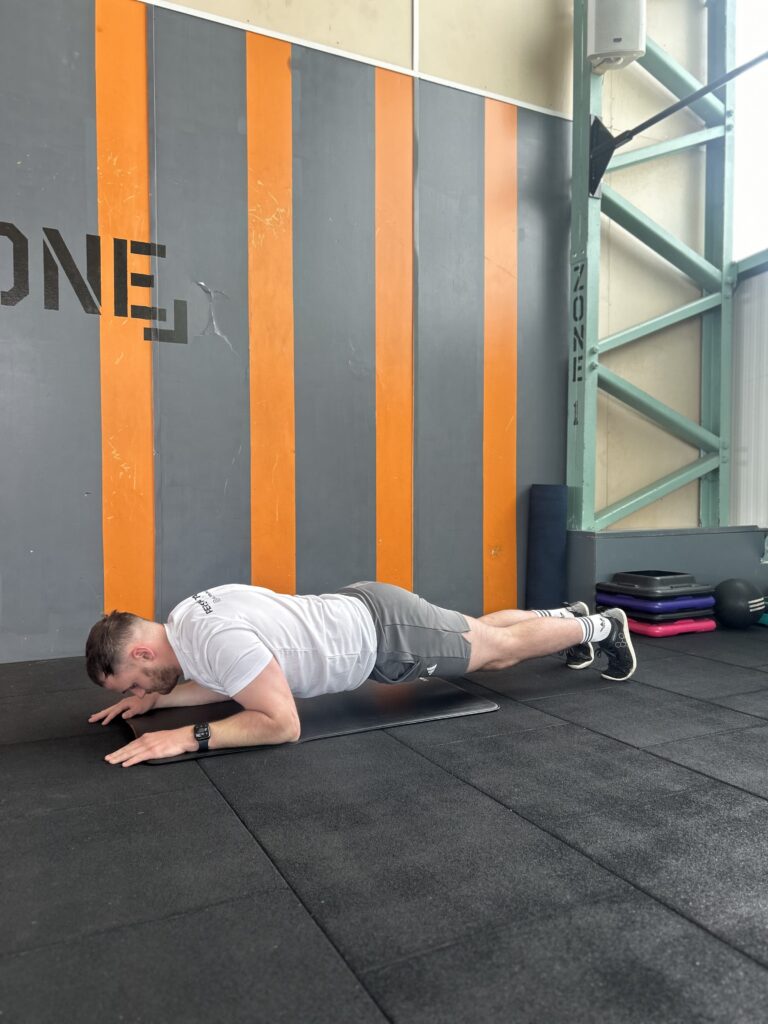
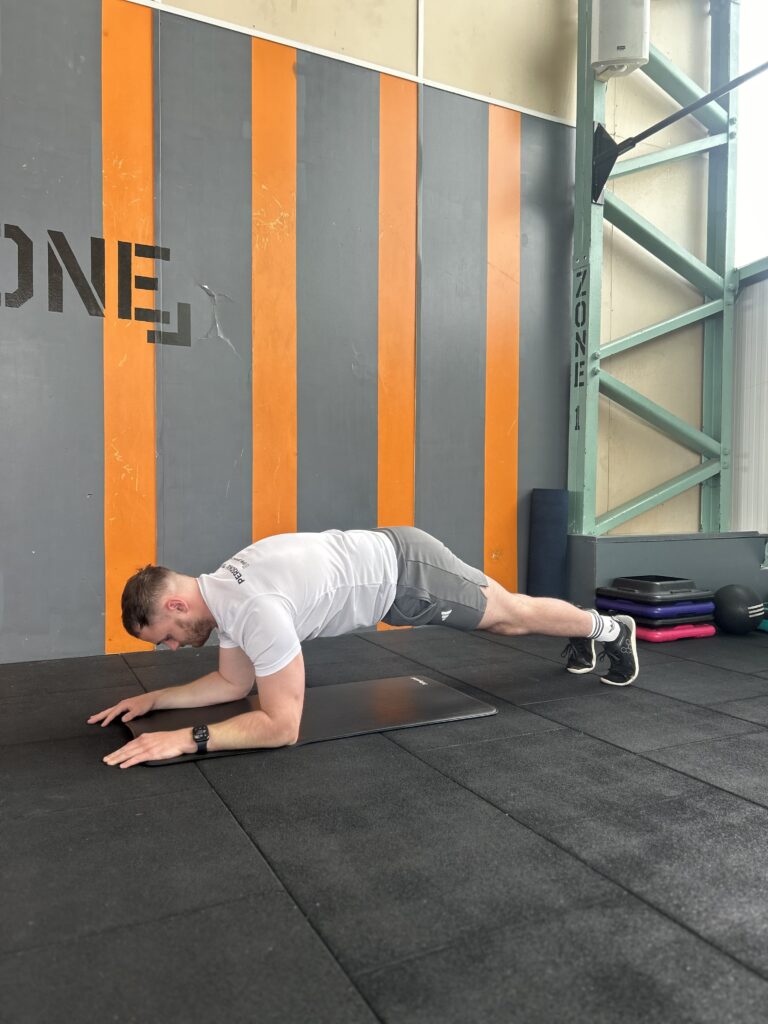
2. Full Range of Motion Scapula Pulls
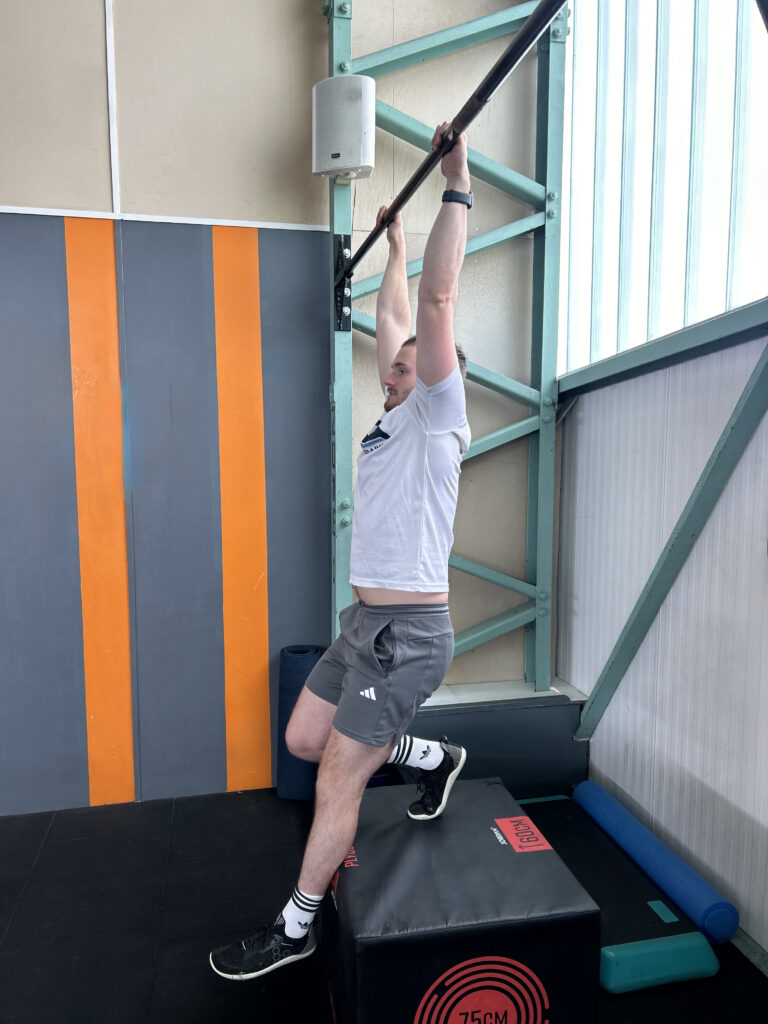
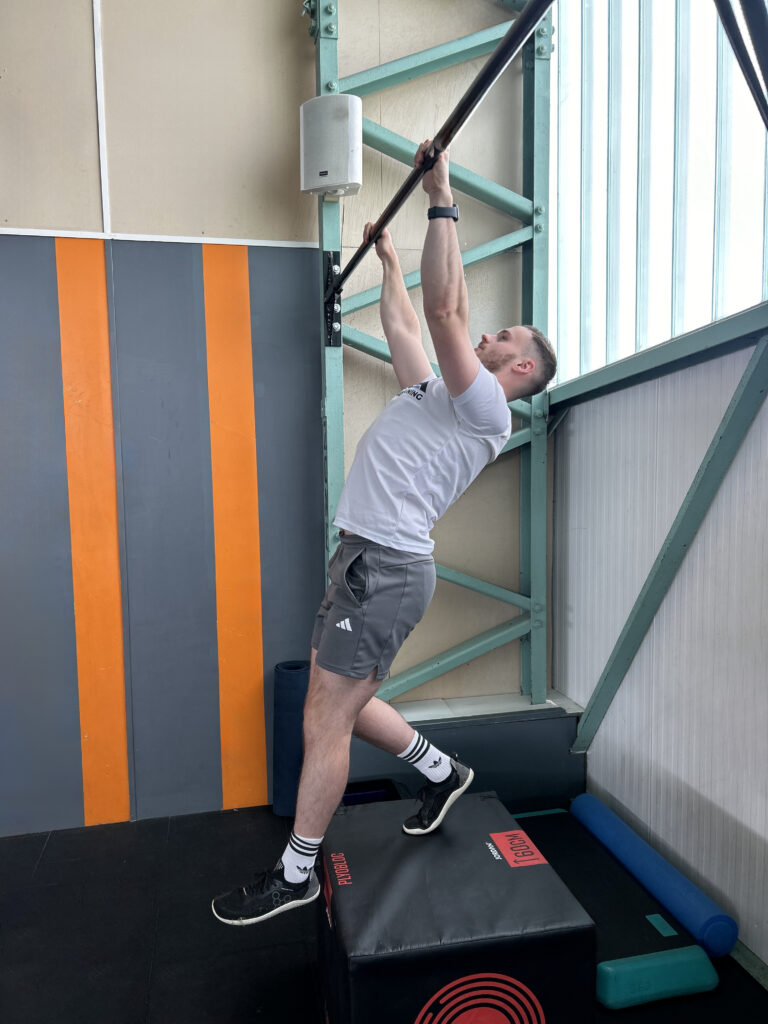
Give these a go to see how you find them and ask one of the team for any help!

